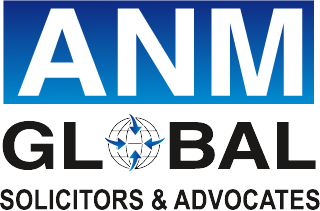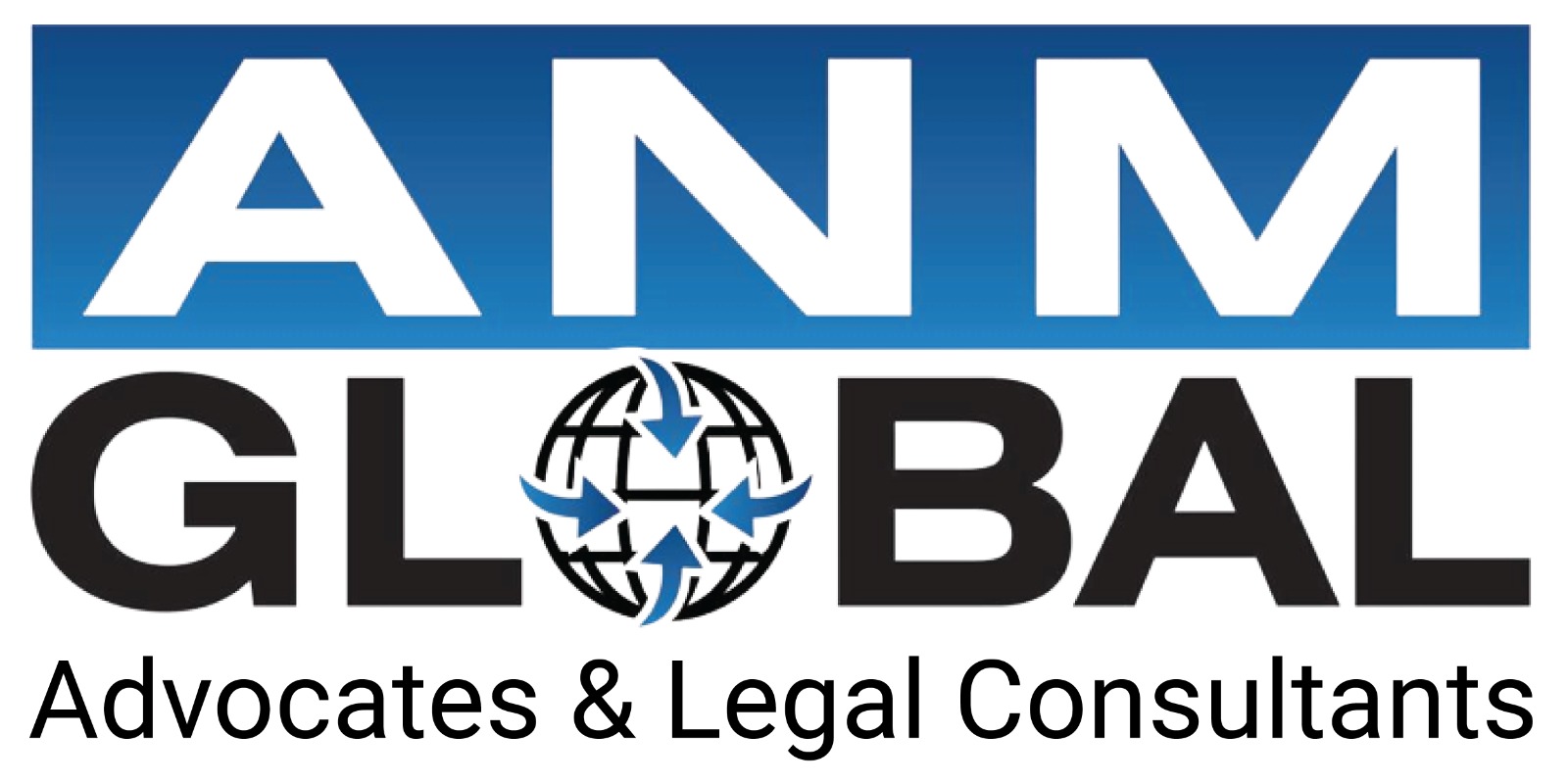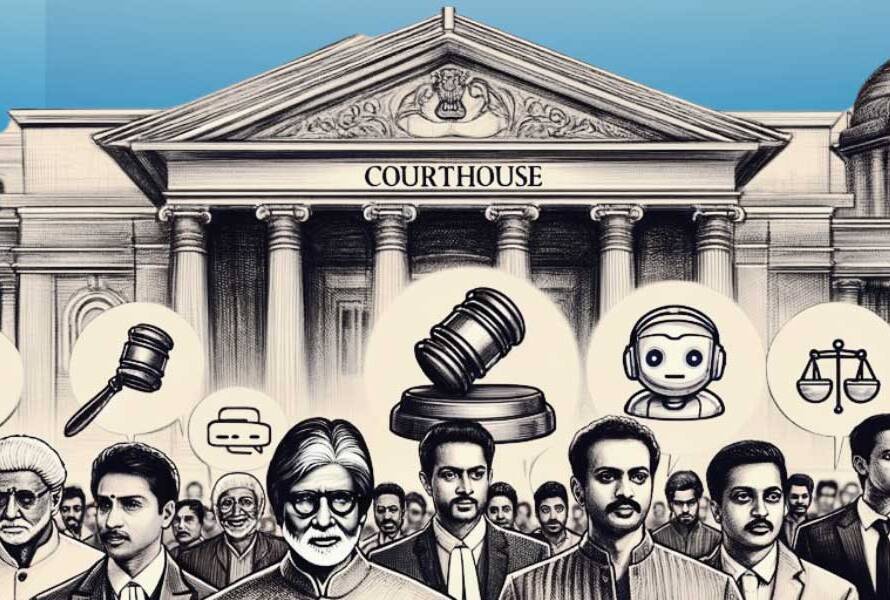Overview Of Compliances For Content Makers And Publishers
by Anushree Rauta (Mumbai) , Chirag Luthria (Mumbai) and Neha More (Mumbai)
INTRODUCTION
With increase in consumption of content and with advancement of technology, content has taken up several forms on various platforms and now people can access content ‘on the go’ via mobile devices, which fit right in their pocket. Thus, apart from traditional production houses, we now have Over the Top (“OTT“) platforms as well as individual content creators (influencers, as they are popularly known), creating a vast array of content catering to almost every section of the society. Increase in content creation led to increase in various content related disputes and content regulation thereby resulting in an increased focus on ensuring compliance of content with the relevant laws in India. The parameters of compliance and risks taken by content creators vary depending on the mode of communication between theatrical exhibition, television and OTT, with OTT being least regulated.
This article delves into the various compliances that the following three forms of content creators need to ensure:
- Producers & production houses
- OTT platforms
- Influencers and endorsers
I. WHAT ARE THE LEGAL COMPLIANCES/STANDARD AND PROCEDURE (S&P) GUIDELINES WHICH PRODUCERS AND PRODUCTION HOUSES NEED TO FOLLOW?
To ensure maximum creative freedom with minimal risk, it is pertinent for producers and production houses to adhere to at least a few compliances and standard and procedure (S&P) guidelines before commencement of shooting, during the shooting, and also after the shooting is completed:
- Government Permissions: Depending upon the type of shooting request ranging from the location of shoot and other type of requests, the requisite permissions from respective Government Authorities like Municipal Bodies, Departments of Archaeology & Museums, State Transport Bodies, etc. are required to be procured before commencement of shooting.
- Location Releases for private/indoor locations: In case of shooting in private locations including any studios/floors, house, restaurants/bars, factories or the like location release forms ought to be procured.
- National Emblems, National Flag1, Currency/Notes, Maps of India & Names of Political Parties: While using/displaying names, symbols and emblems of India (Central & State Governments), compliance with Emblems & Names (Prevention of Improper Use) Act, 19502 is mandatory. Due care must be taken to research and correctly portray the correct title, ranks and uniforms of any characters playing Indian Armed Forces, Para-Military and Police force character(s). With regard to usage of Map of India, it is advisable to use Maps as provided by Survey of India3.
- Depiction of the Police Force and its Elements: While displaying/showcasing any police forces, appropriate permissions from the State Government needs to be procured.
- Children/Minors at shooting: The Producers are required to obtain permission from the District Magistrate and furnish an undertaking in Form C of Child Labour (Prohibition and Regulation) Amendment Rules, 2017, to the District Magistrate before commencing any activities in the district.4 Ensure that all screening films and television programs is made with a disclaimer specifying that if any child has been engaged in the shooting, then, all the measures were taken to ensure that there has been no abuse, neglect or exploitation of such child during the entire process of the shooting. No child will be allowed to work consecutively for more than 27 (twenty-seven) days. A minimum of 50% of the payment must be set aside for children in fixed deposits or bonds.5 Recently, the National Commission for Protection of Child Rights, published draft Regulatory Guidelines for Child Participation in the Entertainment Industry6 however these guidelines have not yet come into effect.
- COVID-19 Norms: All mandatory requirements for shooting of films/audio visual content as specified by the Central Government and State Government (where such filming is or is to take place) need to be followed.
- Portrayal of women, sex obscenity, nudity: Stereotypical portrayal of women as submission should be avoided. The depiction in any manner of the figure of a woman, her form or body part in such a way so as to have the effect of being indecent or derogatory to women should be avoided.
- Portrayal of smoking, alcohol and gambling7: Smoking and consumption of alcohol should not be encouraged, promoted, endorsed or glorified or depicted as a solution to problems. It is advisable that any alcohol branding in content should be avoided and anti-smoking disclaimers should be inserted whenever characters are shown smoking or consuming tobacco, or any tobacco related items are displayed like a cigarette packet, pipe etc. during a scene. Scenes involving gambling, if required for the storyline, should be presented with discretion, moderation and should not encourage or offer instructions in gambling8. It is not mandatory for Over-the-Top (OTT) platforms to follow these guidelines/compliances, as the extant applicable laws do not squarely apply to OTT platforms. However by way of abundant caution, some platforms choose to be compliant to avoid any claims.
- Portrayal of animals: Animal Welfare Board Certificate (AWBI) pre-shoot and post shoot NOC should be obtained for shooting with real animals as performing animals before telecast9.
- Personal Information: No real addresses, email addresses, website addresses , social media handles or any personally identifiable information of individuals should be used in the show without their permission. Fictitious names of villages, locality, police stations, names and logos of shops and establishment etc. should be used. While showing vehicles, ensure the codes & numbers on vehicle number plates are fictitious.
- Real events and real people: If the story has references to real events, real life personalities then advice should be taken from legal counsel before proceeding with usage of the same as the same may attract claims of breach of privacy, personality rights, defamation, etc. based on the subject matter except in some exceptional cases such as information based on public record, posthumous usage of a dead personality’s name.
- Usage of third-party materials (i.e., music, clips etc): Appropriate permissions/rights for using songs, music, tunes, lyrics, clippings, photographs, artworks, images etc. should be obtained.
- General Compliances: The content should not contain anything against the maintenance of law and order or should not promote anti-national attitudes. The content should not defame any religion or community or promote communal attitudes that are likely to incite religious strife or lead to communal violence. Care should be taken that the content does not promote any dangerous or regressive or gender discriminatory practices in the name of religion or faith. Avoid inclusion of jokes on the country or national assets, the Army, National leaders as it that could offend patriotic feelings of Indians. Content should not ridicule the Offices of the Prime Minister or the President. For theatrical exhibition and television broadcast, use of expletives/swear words may need to be muted & masked or removed instead of using beeps. Adequate disclaimers should be given in the beginning of the content where the nature of the content warrants such disclaimer to be provided in relation to any controversial elements in the content.
In brief, below is list of Do’s and Don’ts that producer’s and production houses need to follow:
| DO’S | DON’TS |
| Consult with legal counsels regarding clearance process and anticipated clearance issues. | Simply using items cleared/used for previous/different projects should be avoided. |
| Backup/alternate plan is a must for difficult and/or time-consuming clearances. | Assuming that items are cleared because of the terminologies associated with it, such as ‘public domain’, ‘parody’ and ‘fair use’. |
| Necessary clearances with respect to production should be procured prior to commencement of shoot and after completing of the principal photography. | Using/creating ‘look-alikes’ or ‘knock offs’ of actual items without consulting legal counsel/department. |
II. WHAT ARE THE LEGAL COMPLIANCES WHICH PUBLISHERS I.E. OTT PLATFORMS NEED TO FOLLOW?
With theatres being shut due to Covid-19 led Lockdown, OTT platforms like Amazon Prime, Netflix, Hotstar and many others saw a steep rise in the number of paid subscribers. For the longest time, such OTT platforms had no regulation and/or governing body in place and were governed by the Ministry of Electronics and Information Technology (MeITY) and Information Technology Act, 2000 (IT Act)10. However, this lacuna in law was filled by MeITY when it passed the Information Technology (Intermediary Guidelines and Digital Media Ethics Code) Rules, 202111 (“IT Rules, 2021“).
Under the IT Rules, 2021, a ‘publisher’ means as a publisher of news and current affairs content or a publisher of online curated content, which would include OTT platforms like Amazon Prime, Netflix & Hotstar within its scope.
The Bombay High Court stayed Rules 9(1) and 9(3) of the IT Rules, 202112, which mandate digital news media and online publishers to adhere to the “Code of Ethics” prescribed by the IT Rules, 2021, stating that said provisions infringe the fundamental right to freedom.
Some of the essential requirements which publishers need to follow under the IT Rules, 2021 are as follows:
- Ensure that online-curated content does not affect the sovereignty and integrity of India, does not threaten, endanger or jeopardise the security of the State etc.
- Classify their content into age-based content category, display category, restriction of access to a child, measures to improve accessibility by persons with disabilities
- Display the classification rating at the beginning of every program and also provide a parental lock feature on their platform i.e. “U”/ “U/A 7+”, “U/A 13+”, “U/A 16+” and “A”.
- Ensure that appropriate three-tier grievance redressal mechanism as provided in the IT Rules, 2021 is in place, where users or victims are able to make complaints. Under this three-tier grievance redressal mechanism, level one would be self-regulation by the publishers; level two would be self-regulation by the self-regulating bodies of the publishers and level three would be oversight mechanism.
- Ensure that the grievance officer acknowledges a complaint within 24 hours and resolves the same within 15 days and when the complaint is related to full or partial nudity or sexual act, the officer removes or disables access to such content within 24 hours.
- One or more self- regulatory bodies of the publishers will be headed by a retired judge of the Supreme Court, a High Court or independent eminent person and not having more than 6 members.
III. WHAT ARE THE LEGAL COMPLIANCES WHICH INFLUENCERS/ENDORSERS/ADVERTISERS NEED TO FOLLOW?
1. Advertisement Standards Council of India13 (“ASCI”)
ASCI is a voluntary and self-regulatory organisation, established in the year 1985 in order to curb the practice of misleading consumers and unfair advertising. ASCI has laid down certain guidelines which influencers and brands need to comply with.
Checklist of do’s and don’ts for influencers:
| DO’S | DON’TS |
| Label sponsored posts with the tags #Ad, #Sponsored, #Collaboration etc. | Mislead the viewers by leaving out relevant disclosure tags. |
| Add disclosure in English or in the same language as that of the promoted content. | Filters should not be applied to social media advertisements if they exaggerate the effect of the claim the brand is making. |
| Disclosure label should be upfront prominent and visible. | Conceal the disclosure message in their respective bio or bury it deep in the post caption. |
| In case of audio media, disclosure to be announced at that beginning and end of the audio. | Push paid barter content as editorial content. |
| Do their due diligence about any technical or performance claims made by them. | Add disclosures for meals, products and services such influencer has paid for. |
Checklist of do’s and don’ts for brands:
| DO’S | DON’TS |
| Educate the influencer about the correct benefits of the product or service in order to avoid any form of misleading messages and claims to the audience. | Push a product or service as a gift and ask the influencer to do a free promotion post. |
| Ensure the influencer uses the correct disclosure labels for the sponsored post. | Ask influencer to use filters to promote the product or service benefits that enhance the impression of the benefit. |
| Have a clear and transparent contract with the influencer with clauses pertaining to disclosures. | Violate the ASCI’s guidelines. |
| Use ASCI’s Advertising Advice service to check if the ad is in potential violation of any guidelines. | Forget to self-regulate |
| Do their due diligence about any technical or performance claims made by them. | Add disclosures for meals, products and services such influencer has paid for. |
2. ASCI Guidelines for advertising and promotion of virtual digital assets14
ASCI has issued guidelines for the advertisements of virtual digital assets (VDA) and services.
The following are the key points which advertisers/media owners and/or the celebrities publishing/displaying advertisements of virtual digital assets (VDA) and services need to follow ensure:
- That disclaimers should be prominent and unmissable by an average consumer.
- That the advertisement do not contain words like ‘currency’, ‘securities’, ‘custodian’ and ‘depositories.’
- Ensure that the information related to cost, profitability of VDA shall contain clear, accurate, sufficient and updated information.
- The advertisement shall clearly provide the contact details of the advertiser.
- No advertisement will show a minor directly dealing with the product in any manner.
- No advertisement will show any guarantee that trading in VDAs can improve personality or increase profits.
- No advertisement will portray that trading in VDAs is easy and requires no thought or proper knowledge.
- Eensure that no advertisement shall compare trading in VDAs with trading in other assets.
- The celebrities advertising VDAs shall have to conduct due diligence to ensure that statements and claims made in the advertisement do not mislead the consumers.
3. Consumer Protection Act, 201915 (“CPA”) and Guidelines for Prevention of Misleading Advertisements and Endorsements for Misleading Advertisements, 202216. (“Guidelines”).
CPA, which was recently brought into force has introduced certain penalties for the endorsers as well as the ad agencies in the event of any misleading or false advertisements.
Under the CPA, the Central Consumer Protection Authority (CCPA) is empowered to issue necessary guidelines to prevent unfair trade practices and protect consumers’ interest. These Guidelines are applicable to the manufacturer/server providers of the endorsed products/services and as well as to advertisement agency and endorsers of the endorsed product/service.
How can endorsers safeguard themselves?
- By conducting sufficient due diligence of the claims and statements in relation to the product/service being endorsed in order to ensure the veracity of their claims.
- Higher indemnity provisions in the contractual framework with the brand owner’s/companies etc, in order to cover potential penalties and legal costs endorses/celebrities may incur in future.
- By ensuring detailed representations from the brands/companies, in the legal frame work with such brand/company, in terms of quality of the endorsed product etc.
What are the duties and responsibilities of a manufacturer/service provider/advertising agency?
- To indicate the source and date of independent research used to support the claims made with respect to the endorsed products and ensure that claims can be substantiated if needed.
- To ensure that an advertisement should not be similar in terms of layout, slogans, music etc. and also should not be similar to the previous advertisements that may have been published.
- To ensure that an advertisement shall not claim its product or service to be free if the consumer has to pay any kind of amount other than cost delivery of the product or cost of response to the advertisement.
- Provide appropriate disclaimers in the same language and font as the advertisement which is prominently visible and does not hide material information.
- Advertisements do not abuse the trust of the consumer or exploit their lack of experience
- Ensure adequate supply of the goods or services to meet the demand to be reasonably expected from such advertisement
- Comply with all other applicable Indian laws – for instance, does not seek to promote the purchase of alcoholic beverages as advertisement of alcohol is prohibited in India. Advertisers should also take care of not promoting a surrogate or indirect product/service to a banned product/service as means of advertising such banned product/service.
CONCLUSION:
To sum it up, the key for all parties being referred to under this article is to ensure proper due diligence is being conducted at every step of their content creation process.
Influencers & endorsers should ensure that they have proper disclosures of all paid associations with their endorsements and brand integrations. They should also ensure that they review and verify (to a reasonable extent) the claims that are being made by the advertiser in the promotional material featuring the endorser and require the advertiser to provide all relevant material backing such claims.
Production houses and OTT platforms should incorporate due diligence activities at every stage of the production process – right from development of a project to the post production. Due diligence of scripts should be carried out to highlight potential risks at the very outset and once the project has been shot and packaged, due diligence of the packaged material should also be conducted to ensure additional risk elements have not been incorporated from the script into the finished product.
It might also be helpful for production houses and OTT platforms to formulate and provide standard form checklists to lessen the chances of any potential contentious content being produced.
Footnotes
1.https://www.indiacode.nic.in/bitstream/123456789/15401/1/insults_to_national_honour_act%2C_1971.pdf
2. https://legislative.gov.in/sites/default/files/A1950-12_0.pdf
3. https://surveyofindia.gov.in
5. https://mib.gov.in/sites/default/files/pc7.pdf
6. The NCPCR guidelines are available at https://ncpcr.gov.in/uploads/165606353162b5862bf25fb_draft%20media%20guidelines.pdf
7. https://legislative.gov.in/sites/default/files/A2003-34.pdf
9. http://awbi.in/awbi-pdf/PERFORMING%20ANIMALS%20(REGISTRATION)%20RULES,%202001.pdf
10. https://www.indiacode.nic.in/bitstream/123456789/13116/1/it_act_2000_updated.pdf
12.Nikhil Mangesh Wagle V. Union of India , Public Interest Litigation (L) No. 14204 of 2021; Agij Promotion of Nineteenonea Media Private Limited & Ors. V. Union of India, Writ Petition (L.). No. 14172 of 2021.
13. https://asci.social/guidelines
14. https://ascionline.in/images/pdf/vda-guidelines-23.02.22.pdf
15. https://egazette.nic.in/WriteReadData/2019/210422.pdf
16. https://consumeraffairs.nic.in/sites/default/files/file-uploads/latestnews/CCPA%20Notification.pdf
The content of this article is intended to provide a general guide to the subject matter. Specialist advice should be sought about your specific circumstances.




